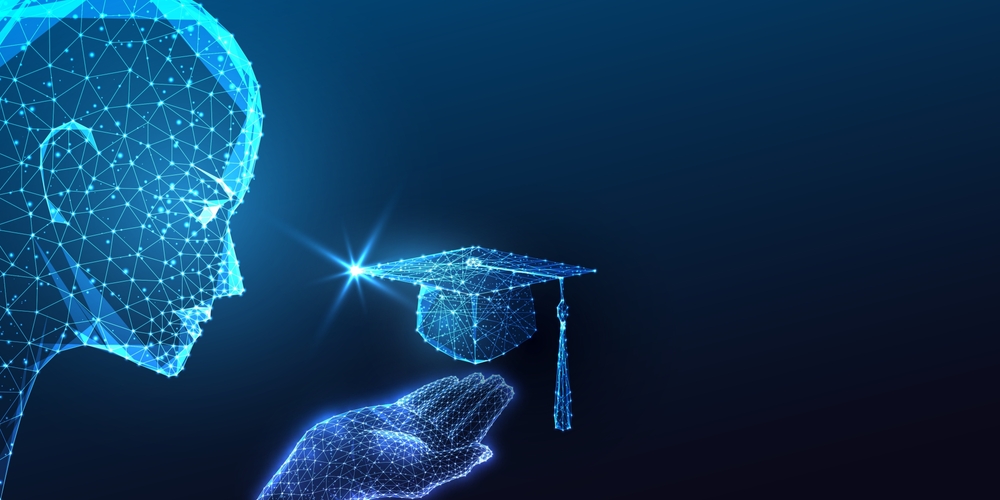Introduction: Two Days That Changed Everything
Elon Musk arrived at Stanford in 1995. He came with big plans. He wanted to study energy physics and materials science. But the future pulled him in another direction. He lasted only two days at Stanford. Then he dropped out. That moment defined his career.
Instead of lectures, he chose the internet boom. Instead of research papers, he chose code and startups. That decision gave birth to Zip2. Later it led to PayPal, Tesla, and SpaceX. The Stanford dropout story is not just about leaving school. It is about risk, timing. It is about knowing when to act. Musk’s two-day choice shows how one bold step can change the world.

Early Life: From South Africa to the United States
Elon Musk was born in 1971 in Pretoria, South Africa. The boy was raised with books, computers, and dreams. Tesla was the first company that Musk would ever think of doing: He taught himself to program when he was still very young. At the age of 12, Musk sold his first video game: Blastar.
Life at home was quite sometimes daunting. Musk faced bullying at school. He also struggled with family challenges. But he kept learning. He found escape in reading. Science fiction, technology, and engineering filled his mind. At 17, Musk moved to Canada. He wanted to avoid military service in South Africa and also wanted a path to the United States. He enrolled at Queen’s University in Ontario. After two years, he transferred to the University of Pennsylvania. At Penn, he studied physics and economics. He earned two degrees. Physics gave him problem-solving skills. Economics taught him markets and business. This mix prepared him for his next step: Stanford.
The Stanford Chapter: Only Two Days
In 1995, Musk got admitted to Stanford University. A Ph.D. program in energy physics and materials science was involved in his field of study. It was a promising one. Energy generation, especially clean energy, and advanced technologies were hot fields for research. But Musk saw something bigger outside the classroom. The internet was exploding. Companies like Netscape were rising. Silicon Valley was buzzing with startups. Musk felt the pull.
He later said, “You can watch it happen, or you can be part of it.” He wanted to build, not study. After two days, he made his choice. He dropped out.
This was not a lazy choice. It was not an escape. It was a leap. Musk gave up a safe academic path for a risky business road. That moment became the start of his entrepreneurial journey.
Building Zip2: The First Startup
After leaving Stanford, Musk teamed up with his brother Kimbal. They founded Zip2. The company provided online business directories and maps for newspapers. It was an early version of Google Maps and Yelp combined. At first, life was tough. Musk and his brother coded day and night. They could not afford an apartment. They slept in the office. Musk showered at the YMCA. They lived on tight budgets.
Their hard work paid off. They landed contracts with The New York Times and Chicago Tribune. Zip2 grew fast. In 1999, Compaq bought Zip2 for $307 million. Musk earned $22 million from the sale.
That money gave him the fuel for his next venture. He moved on to online payments. This was the seed of PayPal.
Legal Gray Zone: Work Status in the U.S.
Musk’s Stanford dropout story also had a hidden layer. His immigration status was complicated. Reports suggest that after quitting Stanford, he may have worked in the U.S. without proper papers. Student visas usually require full-time enrollment. Dropping out meant his visa could have lapsed. Musk has called it a “gray area.” Experts say it was likely not legal.
This part of the story shows another risk he took. He not only bet his career. He also risked his stay in the U.S. Still, Musk pushed ahead. He coded, built, and grew Zip2 despite that uncertainty.
Lessons From the Two-Day Dropout
Musk’s Stanford dropout story gives us several lessons:
- Timing matters. He saw the internet wave early and jumped on it.
- Action beats waiting. He did not wait for the “right” degree. He started building.
- Sacrifice is part of the path. He gave up comfort and stability for risk and hustle.
- Vision drives success. He wanted to shape the future, not just study it.
His two-day decision was bold. Most would not dare. But Musk believed in himself. That belief pushed him to try what others avoided.
From Zip2 to PayPal
With the Zip2 sale, Musk had money and confidence. He invested in online banking. In 1999, he co-founded X.com. The idea was to make payments easy through the internet. X.com later merged with Confinity. Together they created PayPal. Musk became the largest shareholder. In 2002, eBay bought PayPal for $1.5 billion. Musk earned around $180 million from the deal.
The two-day Stanford dropout had now created two big companies. He was not done yet. He looked toward space, cars, and clean energy.
SpaceX: Reaching for the Stars
After PayPal, Musk dreamed of space. He wanted to make rockets cheaper. He wanted humans to become a space-faring species. In 2002, he founded SpaceX. The early years were hard. Rockets exploded. Critics doubted him. But Musk did not stop. In 2008, SpaceX succeeded. The Falcon 1 reached orbit. NASA awarded contracts.
Today SpaceX is a giant, launching satellites, supplying the ISS, and building rockets for Mars. The dropout story of Musk had now found intertwining with another narrative of tech and space exploration.
Tesla: Driving the Future
Musk joined Tesla Motors in 2004. The company was formed to build electric cars. The idea of electric cars came under great laughter. Electric cars were considered slow and boring. Musk thought otherwise. He would not let innovation go by. In 2008, the Roadster was released by Tesla. The Model S, Model X, Model 3, and many others followed after that. Tesla grew into the world’s most valuable car company.
The man who left Stanford in two days was now changing how people drive.
The Broader Impact of the Dropout Decision
Elon Musk’s Stanford dropout choice reshaped industries.
- Without that decision, Zip2 may never have existed.
- Because of things happening at Zip2, PayPal might never have existed.
- If PayPal had not succeeded, therefore SpaceX and Tesla would not have ever existed.
Each step followed the last. The dropout story shows how a moment can change history.
Criticism and Reflection
Not everyone praises Musk. Critics say he glamorizes dropping out. They argue not everyone can afford that risk. Many dropouts fail. Musk had skills, timing, and luck. Others point to his immigration issues. They question if he broke rules to get ahead. They also note that his wealth came partly from risky behavior that could have ended differently.
Still, his story inspires. That is greatness. Bold action generates massive energy. It also reminds us that roads to success are not just black and white.
Conclusion: The Two-Day Lesson
Elon Musk dropped out from Stanford within just two days, and that very decision took him to the startup world. He built Zip2, PayPal, Tesla, and SpaceX, could we ever forget? This is not just about leaving school. It is about courage., vision. It is about chasing opportunity at the right moment.
For Musk, Stanford was just a door to enter. He opened it, peeked, and walked away. That walk changed his life, together with technology, business, and even space exploration.




